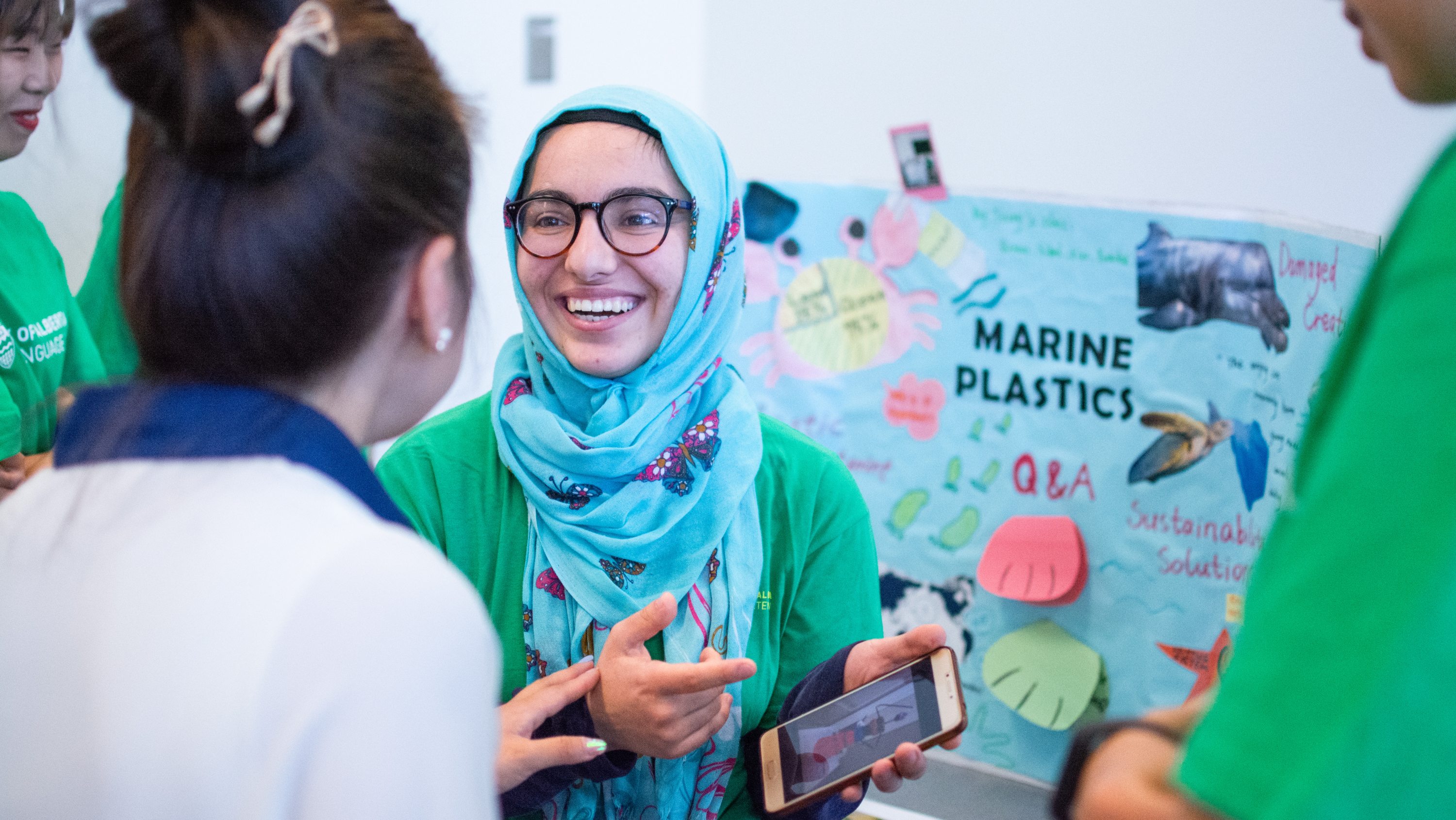The University of Alberta is one of Canada’s top 100 greenest employers for a record 13th straight year thanks to a wealth of innovative sustainability programs, including the university’s Campus as a Living Lab program.
The U of A is one of just seven employers and the only Canadian post-secondary institution to make the national list, compiled annually by Mediacorp Canada, in each of the last 13 years.
The U of A’s perennial inclusion among the greenest employers comes thanks in part to Energy Management and Sustainable Operations (EMSO), which leads and facilitates sustainability projects at the university.
“Members of our Energy Management Sustainable Operations team really work hard to minimize our impact on the environment because that does help with our costs, reduced energy charges, reduced waste charges and more,” said Andrew Sharman, U of A vice-president of facilities and operations.
“But we do look at the full spectrum—not just carbon, but water and waste. I think it's really important to look at sustainability holistically.”
Since 1975, the U of A’s Energy Management Program, which came in response to the energy crisis of the day, has saved the university in excess of $430 million and cut CO2 emissions by about three million tons.
One particularly praiseworthy initiative is the Campus as a Living Lab program, a partnership between EMSO and the Sustainability Council, which is an academic leadership unit that works with all faculties to spark learning, discovery and citizenship for sustainability.
One element of the Living Lab is tying construction or renovation projects together with researchers to maximize the value of the work.
Sharman pointed to the work of Brian Fleck, a researcher in the Faculty of Engineering who received a grant from the federal government last year to look at the U of A’s ventilation systems with respect to COVID-19.
“Year over year, we get recognized for the quality of air in a lot of our buildings, which I think is really important, particularly in these COVID times when people want reassurance that our ventilation systems are effective,” said Sharman. “Ultimately, we want to provide a much healthier environment for staff and students.“
Under the umbrella of Campus as a Living Lab, the Sustainability Council’s Sustainability Scholars program encourages students to get involved, and the results have been spectacular.
In one instance, Stephanie Le, a master’s student in agricultural and resource economics, is investigating the U of A’s food carbon and nitrogen footprint using an online carbon and nitrogen accounting platform. The recommendations arising from Le’s study included reducing bottled drinks and reducing the purchase of meat products, and replacing these meat products with alternatives such as nuts, legumes and eggs.
In another project, engineering management PhD graduate Mayank Kumar teamed with the U of A’s Facilities and Operations portfolio to compile consumption data on fuel use by the university’s fleet and study use patterns to identify innovative technologies and programs that may reduce the U of A’s ecological footprint.
“What I like about Campus as a Living Lab is it ties in students, research and operations, and it all comes together to get students learning how to do research while finding ways to make the university more sustainable,” said Robert Summers, academic director of the Sustainability Council.
Other projects that highlight the university’s sustainability excellence include a Zero Waste program that includes the goal of diverting 90 per cent of waste from landfill and includes the collection of batteries, e-waste, pallets, kitchen grease, light tubes and ballasts, construction waste, styrofoam and more.
As well, in a unique partnership with the City of Edmonton, the university operates a new anaerobic digesting facility that converts organic waste into methane, which is then used to generate electricity at the city's waste management centre.
